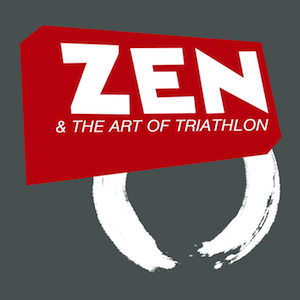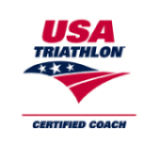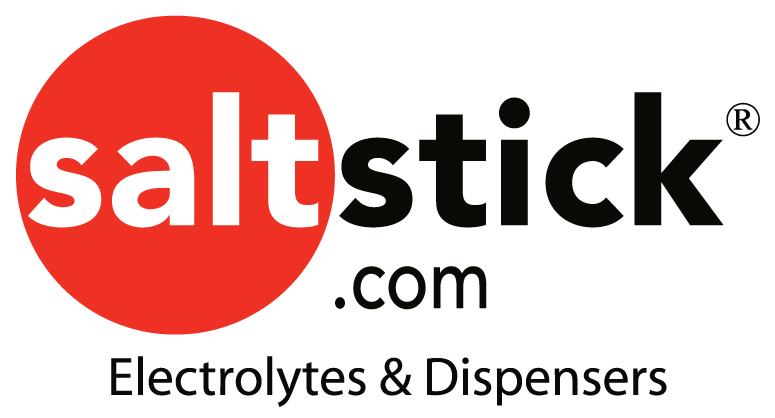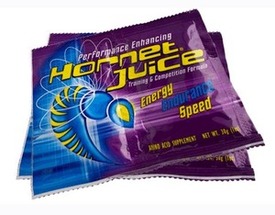New Wheels: When Is It Time to Upgrade and How Much Do I Spend?
 Sunday, April 24, 2011 at 5:47PM
Sunday, April 24, 2011 at 5:47PM One of the things that has caused me a lot of stress as I have developed into a more serious Triathlete is meeting “the group” for rides and seeing the wide variety of wheels everyone sports—seemingly all much lighter, faster, and more amazing than my own. It’s easy to spiral into feelings of self-doubt and envy, but in truth it’s not necessary to spend tons of cash outfitting yourself to be an age group competitive Triathlete. Forget everybody else, when do you need to upgrade? And how much do you need to spend?
So that you can contextualize my recommendations, I’ll give you an idea of my ability. (Note: If you are looking to find yourself in Tuscaloosa or jockeying for a prize purse, or if you recently won the lottery, then have a field day with your Zip wheels and velociraptor helmets, this article is not for you.) I tackled my first sprint Tri three years ago and currently compete in approximately four of those per year, 1-2 Olympics, and one Half Iron. In the smaller regional races I can win my age group and I remain competitive when the field gets bigger (for example, in April’s Nautica South Beach Tri, a national event, I placed 5th in my age group). So I’m good but not great. In other words, probably a lot like many of you.
A runner by trade, my first Tri convinced me I liked multisport enough to invest in a bike, and I purchased the most basic aluminum road bike that Jamis made for $675 in 2008. For someone who had been huffing around on a beach cruiser, this was heaven, but as I began to train in groups, I noticed that the bulky bike was something of a liability. It’s not easy to keep up with bikes that can be lifted by a finger when you earn every pedal stroke on yours. However, did I upgrade right away? No, and I’m glad for it. I stayed on that bike until after my second Half Iron last November. This means I rode it with the group and their flashy wheels for two years, including three century rides.
I knew the Jamis had nothing left to give when it began to fall apart, conveniently on the morning of the Half Iron. The drop bar arm pads came off, the plugs wouldn’t stay in the bike handles (automatic DQ), and I had to ride the entire 56 miles with my Cateye reading in kilometers. So I waited till I got a bonus at work and shopped for the best Tri bike I could find at no more than $3,000. I ended up with a 2011 Specialized Transition Pro that looks killer and feels even better. I have had one Tri since I purchased it and I felt like a new athlete. The bike portion was FUN! Not only did I pass a ton of people, I had gears to make the hills manageable and ripping top speeds of 30 mph. Typically after jamming it on my old bike in a Tri, my legs are torched for the run and I have a hard time coming even close to my typical mile pace. This felt completely different, I had no trouble dropping to sub-8s and staying there for the duration. It was a new and liberating experience. Sure $3k is a lot of money, but it’s not nearly as much as what I know many of my fellow local cyclists spent on their rides, and I am definitely just as competitive as them.
Whether you need to hang on for as long as I did is a question of taste, amount of time you want to spend training on the bike, and of course your financial resources. I am not endorsing the two year on an entry level bike plan. To offer a con, it made me less enthusiastic than some of my friends about riding because frankly it was harder for me to do than many of them strictly based on equipment. I am just saying it’s OK not to immediately drain your bank account as soon as you begin racing. Honing my craft on the Jamis workhorse made me a much stronger rider, and “pay day” when I finally got that sweet new carbon ride, was so much sweeter.














Reader Comments (4)
My new theory before I buy wheels or new tri gear is that I look at my training as a "tri-job" and I get paid 10 tri-bucks an hour for each hour training. Once I've got the miles logged with the old gear I have "earned" the new gear instead of daddy warbucks dropping 10k before their first sprint tri. It's been fun to play with that idea. Earn the speed before you buy it.
Great post and insight, thanks!
Great post! ...to the comment; LOVE the idea of paying yourself "tri bucks" for logged hours
Sometimes Office 2010, in Windows Vista using Office2007/2003 to Microsoft Office open the Microsoft Office 2010 original article written by a lot of fonts Office 2007 can not display properly: the italics and somehow Microsoft Office 2010 Professional change the text in italics, the article spacing increases, and the layout is also an error Acrobat 9, originally shown on this page change to the next page Microsoft Office 2007 of text for no reason, how Microsoft Project Professional 2010 is this going on. Tips 1: Use a good Document Map If the long title of the document built, the Microsoft Office 2010 Home & Student directory structure of the Adobe reader style, you can in the use of "Document Map" feature for fast browsing and jump, but the default settings of the feature has not Office 2007 Professional been enabled Microsoft Project 2010, you can "View → Document Microsoft Visio Professional 2010 Structure map "sub-menu, select" Left "or" keep right "display the document structure diagram. This Microsoft Office 2010 Home & Business is to select "Left" in effect Office 2007 Ultimate, need to see a long document, the contents of a chapter, directly select the chart in the document Microsoft Visio 2010, and then the right side of the window will automatically display Microsoft Office 2007 Home and Student relevant content, the default will show all levels, if you are feel that this is Adobe Acrobat too messy, you can click the Project 2010 "Show Level" button from the drop-down menu, select the need to show the level, and then immediately enter into force, can Visio 2010 be said to be very convenient Adobe Acrobat 9 Professional.
My Specialized Allez is starting to die a slow death also. Lost a bar end (twice), found it once. Broke two spokes on the same wheel in two weeks. The chain is toast, and the crank needs to be swapped. On the other hand, it has almost 5k miles on it and I commute 160+ miles a week with it. Parts go bad... still cheaper than gas! Batez idea and mine are similar. My Jeep gets about 15mpg. So every 15 miles it pays (saves) me $3.75. It adds up pretty quick. Just ordered a replacement wheelset (neuvationcycling.com) and replace/upgrade parts as they go bad.